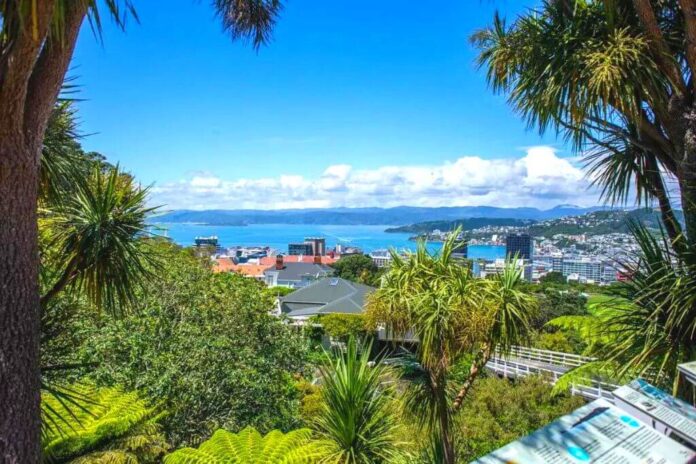Wellington, which became New Zealand’s capital in 1865, has since developed into the nation’s center for art and culture. There is a lot to see, do, and eat. Companies are always evolving. There are several festivals and events. Ten fascinating details about Wellington, New Zealand, are provided here.
1. Te Whanganui-a-Tara is Wellington’s actual name.
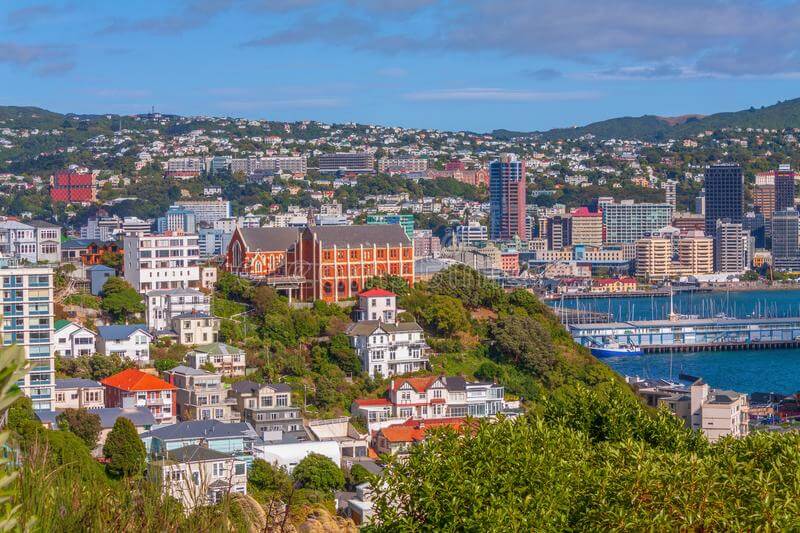
Arthur Wellesley, the first Duke of Wellington, inspired the name Wellington. He hasn’t visited New Zealand. These areas, however, have always been Te Whanganui-a-Tara to the Maori (New Zealand’s indigenous people).
“The big harbour of Tara” is how Te Whanganui-a-Tara is translated. The name is “supposed to derive from Whatonga’s son Tara who was sent down from the Mahia Peninsula by his father to investigate southern places for their people to reside,” according to Wellington City Council.
Many people have criticized “Te Whanganui-a-Tara” for having a long name. But those folks need to pause and consider, as I can attest from experience as someone whose Lebanese name has been mispronounced her entire life.
The Maori moniker for Wellington pays homage to New Zealand’s Maori heritage, which predated European invaders by a thousand years. Hence it was crucial that Te Ao Maori came in first on this list of intriguing Wellington, New Zealand facts.
2. The world’s most remote capital is Wellington.
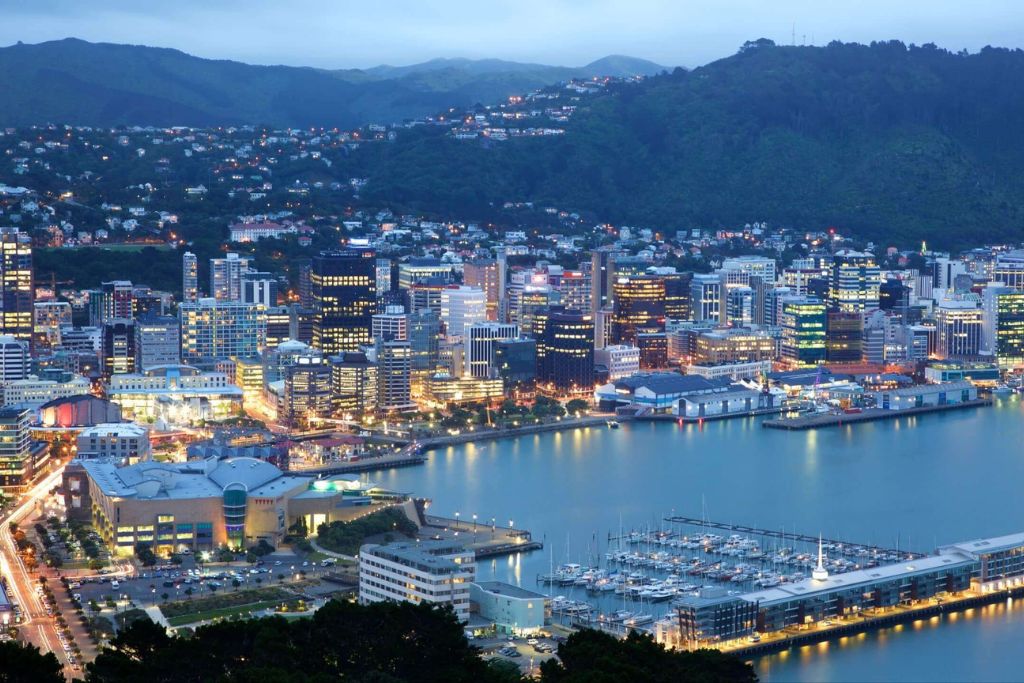
At the very bottom of the North Island is Wellington. As a result, Wellington is not just the world’s most remote capital city but also its most southern. But it’s not isolated in a desolate sense. A vibrant hub of culture and activity, Wellington is encircled by breathtaking beauty.
Wellington is the main entry point to the South Island. The South Island’s peaks can be seen from Wellington’s coastlines on a clear day. Nevertheless, Wellington is ideally situated for a large city, with enough geographic variety to appeal to both urban and natural enthusiasts.
3. The world’s windiest city is Wellington.
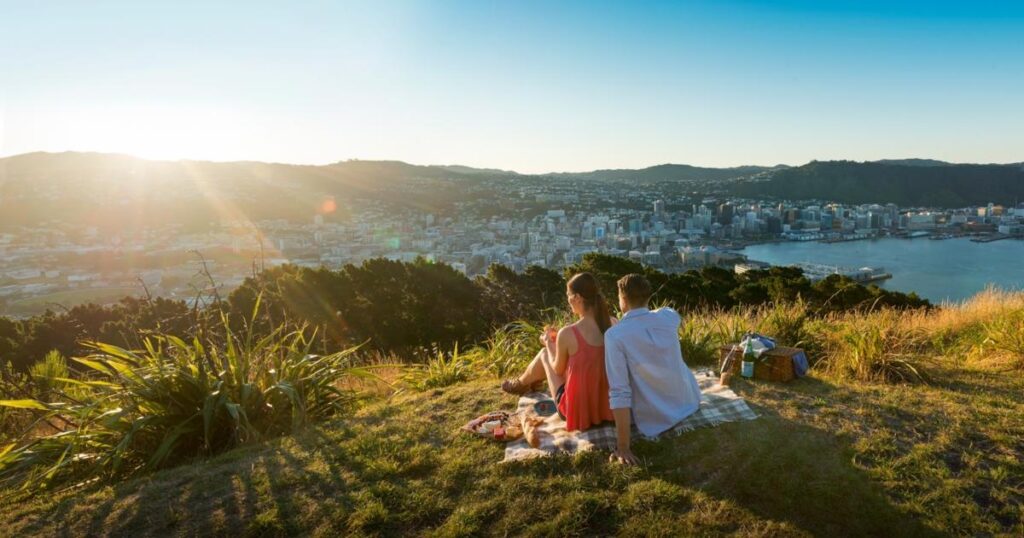
Wellington also holds the distinction of being the windiest city in the world. The typical wind speed is 16 miles per hour (26 kilometers per hour). The wind in Wellington has a distinct personality and sings a range of tunes among the hills and between the buildings, ranging from chirpy whistling to ominous groaning.
4. Wellington receives top marks for living quality.
There has been great acclaim for Wellington’s high standard of living. In the Quality of Life Index, it is currently the 11th-best city in the world. For the 2020 Quality of Life poll, Wellington came out on top among all New Zealand cities.
A fascinating look at New Zealanders’ welfare in a world that is changing quickly was provided by this poll, which evaluated several aspects of quality of life, including housing, transportation, crime, economic health, and the environment.
5. Compared to NYC, Wellington has more cafés per person.
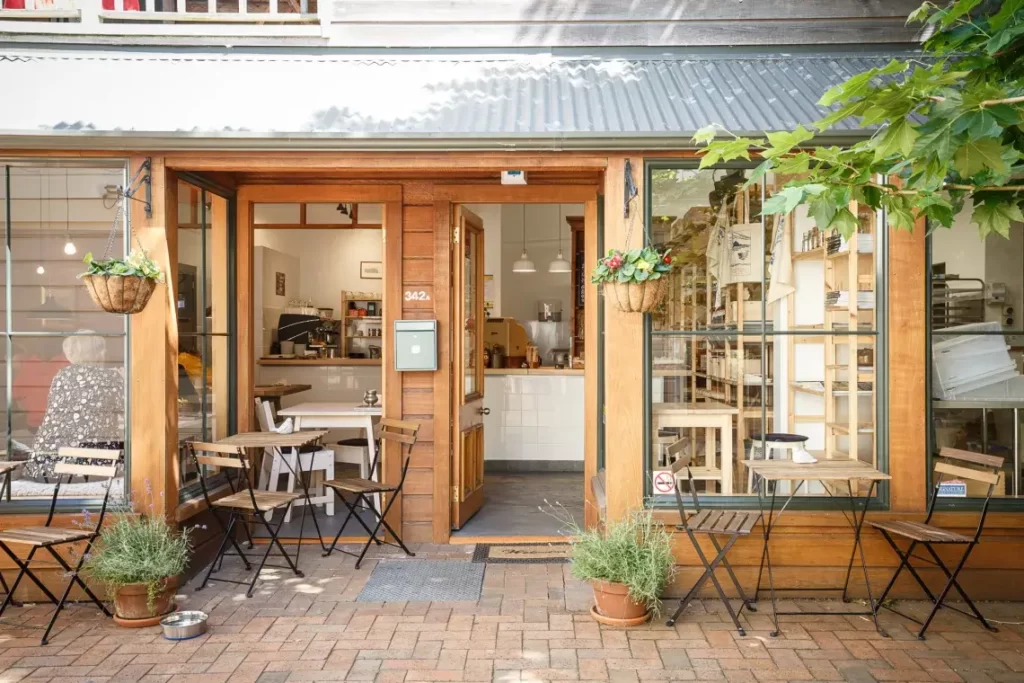
Wellington continued to produce new cafés in every last accessible area of the city despite the pandemic.
Businesses cram themselves into any available space in the city, turning Wellington into a hub for little restaurants, the majority of which are at least partially cafés. The cafés are where everyone congregates due to the flourishing coffee culture. Professional gatherings take place there. There, students study. Groups speak, laptops are propped, and upscale coffee options are everywhere.
6. New Zealand’s craft beer capital is Wellington.
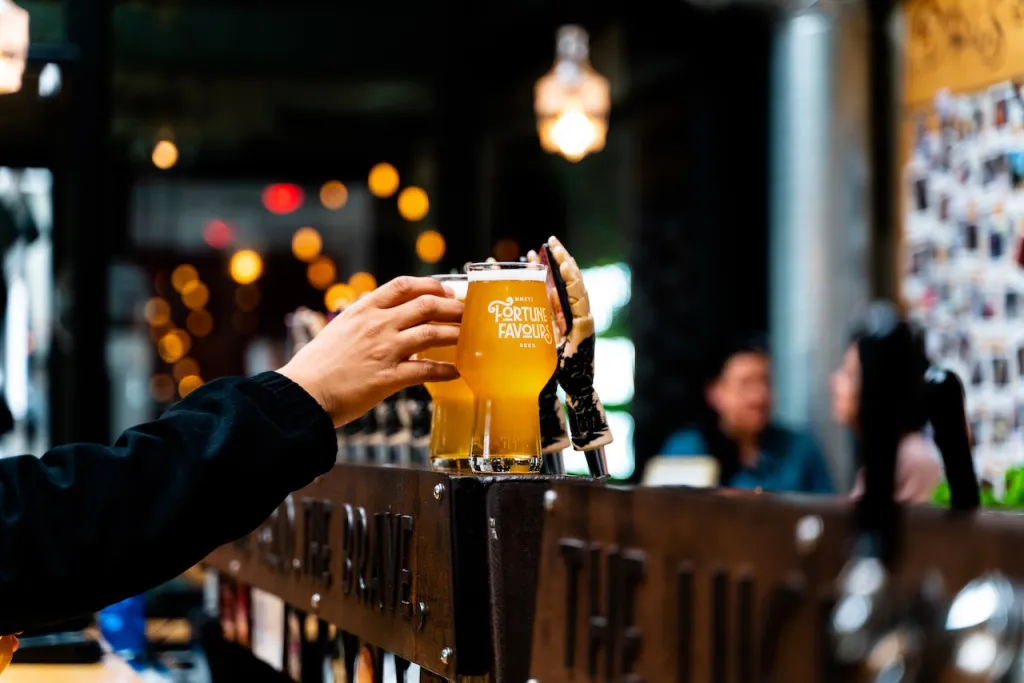
If Wellington’s reputation for excellent coffee wasn’t enough, it has also been dubbed New Zealand’s craft beer epicenter. Even the top beer cities in the world list include Wellington.
Beer festivals and brewery tours are very popular here. And just like coffee shops, it seems like a new brewery opens up every other week.
7. A few cultural honors have been bestowed upon Wellington.
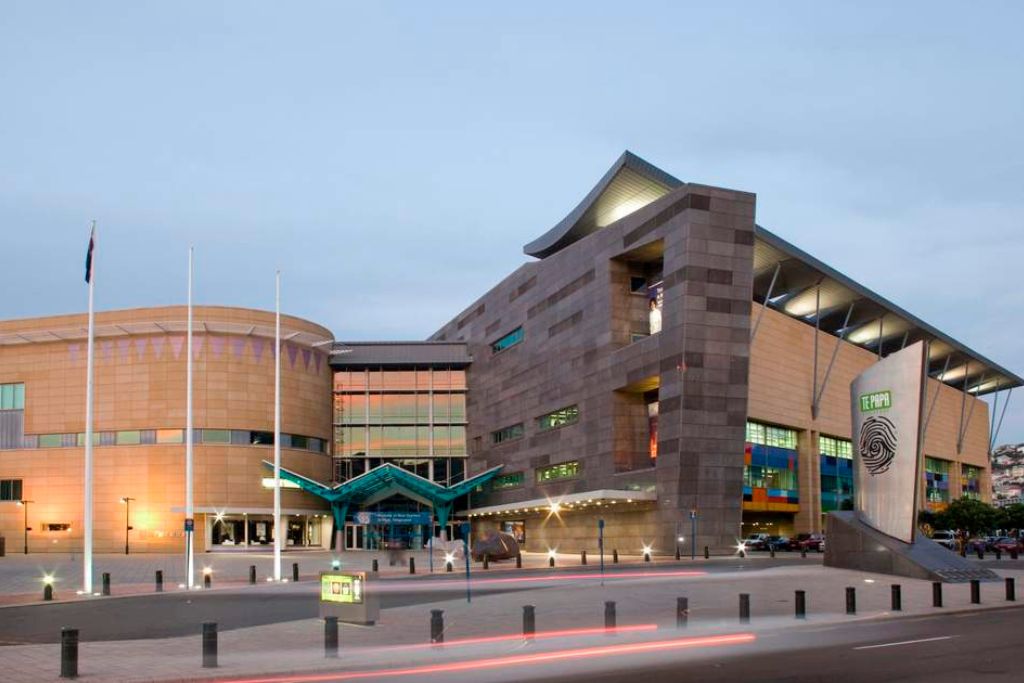
The phrase “coolest tiny capital in the world” is frequently used to describe Wellington, and for a good reason.
The city has made significant contributions to the arts, food, and, of course, the coffee scene in New Zealand. Others claim that this is where the flat white originated. Moreover, the Lord of the Rings and Avatar franchises, among the all-time biggest-grossing movies, are notable triumphs that come from Weta Workshop. As a result, Wellington acquired a new moniker: “Wellywood,” turning Miramar (the neighborhood where Weta lives) into a film hub.
The National Library of New Zealand, Te Papa, and the National Museum of New Zealand are all located in Wellington. Wellington’s abundance of cultural institutions contributes to the city’s artistic populace, which is another reason I’m happy to call it home.
8. You can travel anywhere on foot, and the beach is never far away.
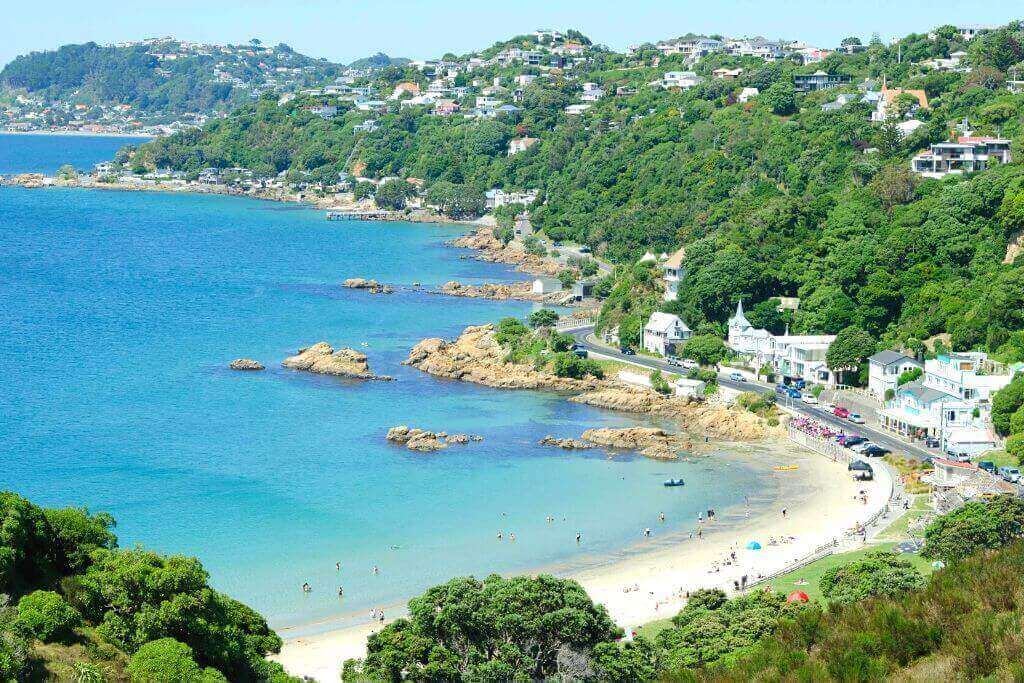
As was already established, Wellington is a small city that cannot expand geographically. Although Wellington is currently the most costly city in New Zealand to rent in, this is bad news for the property market; however, the absence of car prices more than makes up for it (kind of).
9. 50,000 hectares of regional parks and woods are present in Wellington.
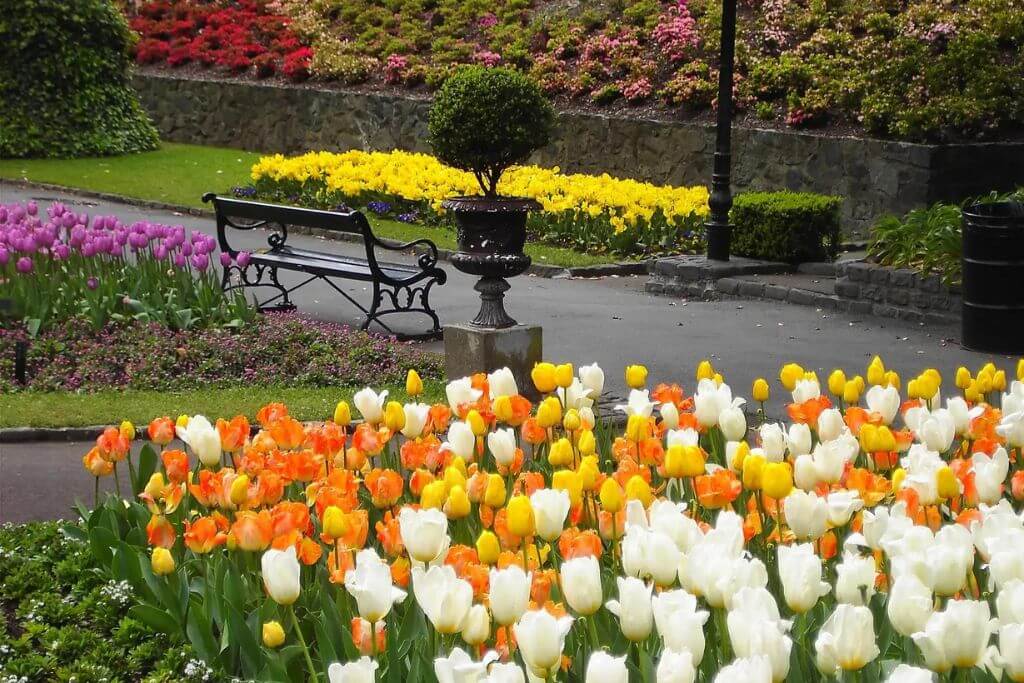
As I previously stated, Wellingtonians respect their green spaces because they help to promote the Wellingtonian way of life. There are 50,000 hectares of regional parks and woods in the Wellington region (including the area outside of the main city).
The superior environmental performance of New Zealand will always be a factor in the country’s high standard of living.
Opportunities for leading an active lifestyle abound in Wellington. On the weekends, many professionals go hiking or biking through Tararua Mountains or Remutaka Forest Park to disappear from the world. Every reserve has tracks that range in length from 30-minute loops to multi-day circuits.
10. Wellington is located on a significant geological fault.
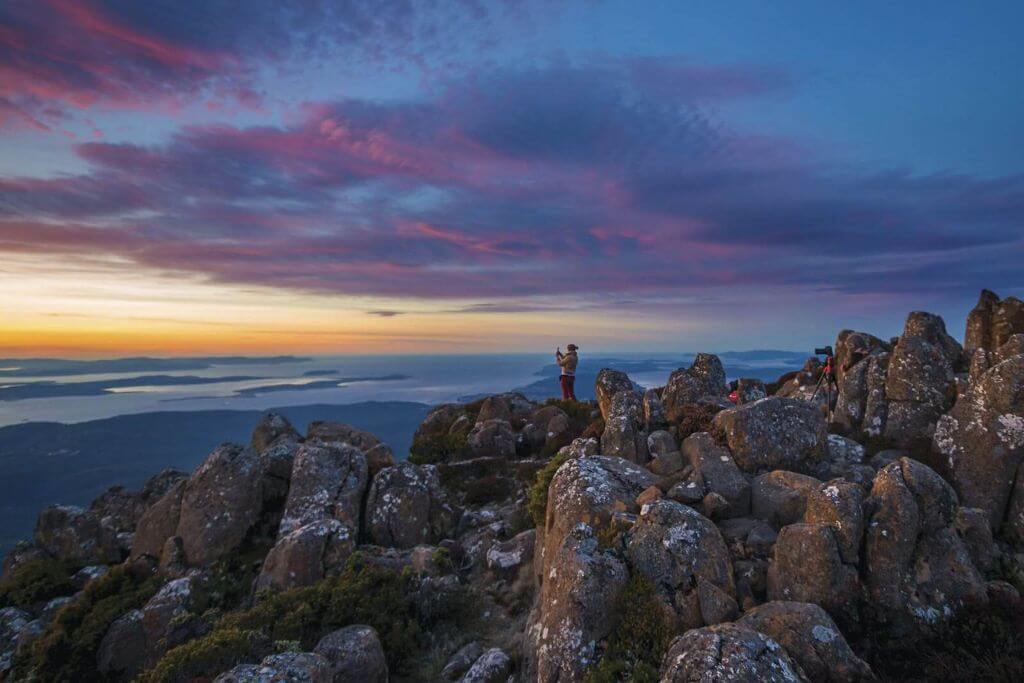
Wellington encounters a lot of earthquakes. It frequently trembles after mild earthquakes and sporadically during large ones.
Two significant tectonic plates are on top of New Zealand (the Australian and Pacific plates). Furthermore, Wellington is situated on the Wellington fault, one of the major faults. It is an “earthquake-generating collision zone,” according to GNS. Also, there are rumors that a large earthquake is imminent in New Zealand.
There have been a few disastrous earthquakes in New Zealand’s history, most notably the Kaikoura earthquake in 2016 and the Christchurch earthquake in 2011. Every city has numerous roped-off locations where buildings are being fortified.
